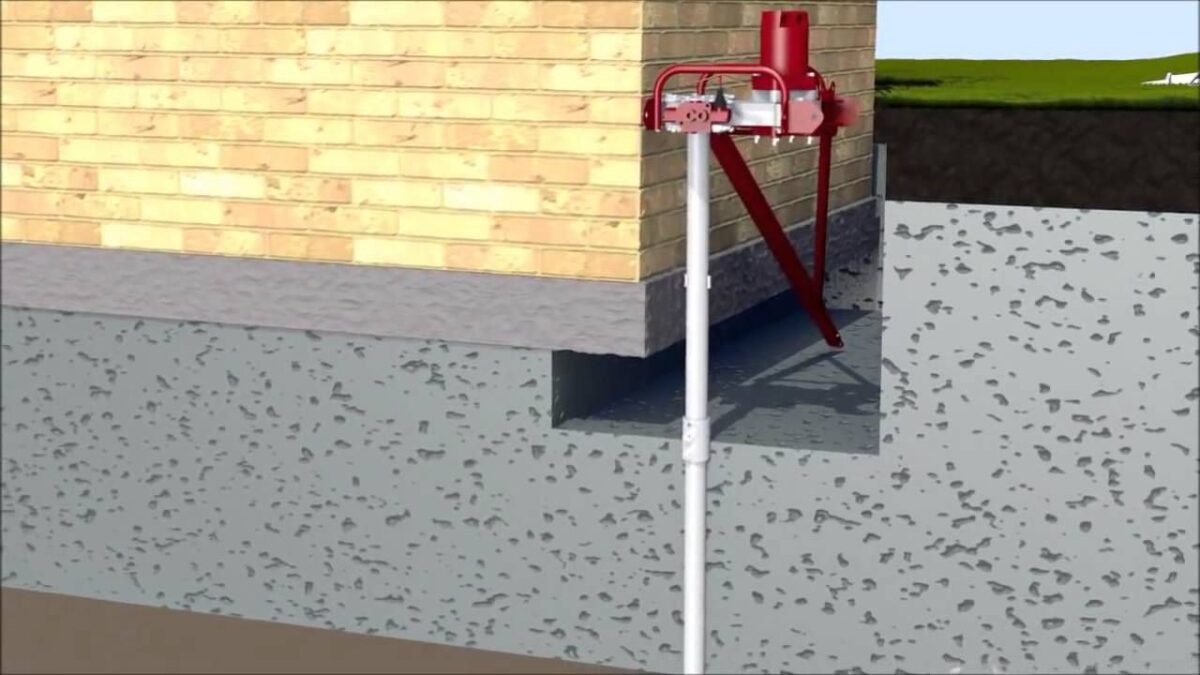
Concrete slab foundations gained popularity during the postwar building boom due to being less costly and faster to construct than homes constructed using wood framing.
Slab foundations typically comprise one slab of four to six inch-thick concrete, installed on undisturbed soil or compacted base that has been compacted according to building engineer specifications.
No Crawl Space or Basement
Concrete slab foundations Underpinning Melbourne provide your house with protection from pests such as termites. Furthermore, this foundation keeps soil from shifting or settling beneath it – perfect for dry climates!
A slab foundation makes home remodeling costly due to plumbing systems embedded within its concrete, making rearranging difficult. On the other hand, crawl space foundations allow homeowners to change the location of kitchen and bathroom without impacting plumbing lines.
Construction projects often use vapor barriers beneath slab foundations to keep moisture away from timber joists and floor trusses, however this does not prevent water damage entirely in damp climates; especially if your home lies within a flood plain where walls should be elevated at least 18 inches to prevent flooding during storms.
No Access to Plumbing
Houses constructed on slab foundations tend to feature plumbing drain and supply lines embedded deep within it, making access difficult if something should go wrong – even with professional help available to break through concrete to fix the problem.
Whenever plumbing problems occur, they can cause serious water damage to flooring, walls and appliances as well as an unexpected spike in your water bill. Unfortunately for many homeowners their homeowner’s insurance does not cover the cost associated with slab leak repair.
If you notice wet spots, high water bills or cracks near the foundation near the ground-level of your home that you don’t understand, or an unusually large water bill – all signs that there might be a plumbing leak – then hiring a professional plumber should be your top priority. They have access to tools for detecting these types of leaks: Acoustical leak detection tools are especially helpful here as can redirecting pipes more easily by breaking through slabs rather than cutting. Unfortunately this process takes some time requiring shutting off of all water supplies at home if necessary.
No Insulation
Slab foundations can be difficult to insulate due to air conditioning and heating ductwork passing beneath the floor surface, taking up space that would be better utilized as storage or living area.
Pests and structural damage are more easily accessible with a slab foundation, while it also exposes it to soil movement or earthquake risk. Furthermore, living closer to the ground makes some uncomfortable due to potential soil movement or earthquake risks.
Insulating foundations with stem walls is possible; however, this requires extensive planning in order to avoid damage caused by rebar or other components in the footings.
One option for insulation of an entire slab will likely be cost prohibitive for most homeowners, so if this route is chosen it’s crucial that high-quality rigid foam insulation such as EPS is used – composed of only two percent plastic and ninety eight percent trapped air; this type of material has minimal moisture absorption potential and will therefore maintain its R-value over time.
High Maintenance
Solid slab foundations are faster and simpler to construct than other foundation types, while their cost effectiveness has made them popular with both builders and home owners.
Slab foundation homes may be less costly, but their moisture damage and maintenance requirements may increase due to being on a slab foundation. To reduce mold growth and ensure proper drainage around the foundation, installing a french drain and altering yard grade so water flows away from it is key for success.
Concrete slab foundations present another disadvantage in that plumbing pipes and conduit lines are submerged beneath the final layer of concrete, increasing repair costs compared to other foundation types as tradespeople must break through it to access these systems. Recently however, builders have started using things such as pex plumbing which may help reduce repair bills.

